Billionaire's Row, Desert Ghost Towns and Belgium's Noisy Castle: Most Incredible Abandoned Places in the World
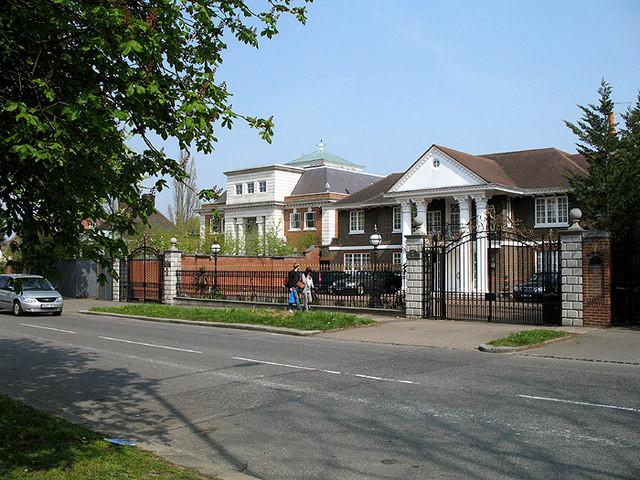
Bird skeletons and broken mirrors are scattered across the floor in one of the most expensive, intricately decorated properties in the UK. Floor-length curtains, once cream, are covered in a thick layer of grey dust, while cobwebs hang from the chandeliers.
This building is just one of many on Billionaire's Row in north London, that have lain abandoned and crumbling for years.
Ten mansions on The Bishop's Avenue have stood empty since they were bought, allegedly by on behalf of members of the Saudi royal family, between 1989 and 1993.
It is estimated that £350m-worth of vacant properties lie abandoned on the street, which was ranked the second most expensive street in Britain last year.
There are thousands of incredible, derelict places across the world, which have remained hidden or sat unoccupied over the years. IBTimes looks at some of the amazing abandoned buildings and towns in the world.
Shicheng city, China

The lost city of Shicheng lies at the foot of Wu Shi Mountain, known as Five Lion Mountain. It was built during the Eastern Han Dynasty in around AD 25 -200. It now lies at a depth of 26 to 40m, buried under Qiandao Lake.
The valley was submerged when a dam was constructed and the man-made lake was created in 1959 for the Xin'an River Dam project. The city is around the size of 62 football pitches and diving companies offer tourists the chance to explore the ruins themselves.
Mirny Diamond Mine, Russia
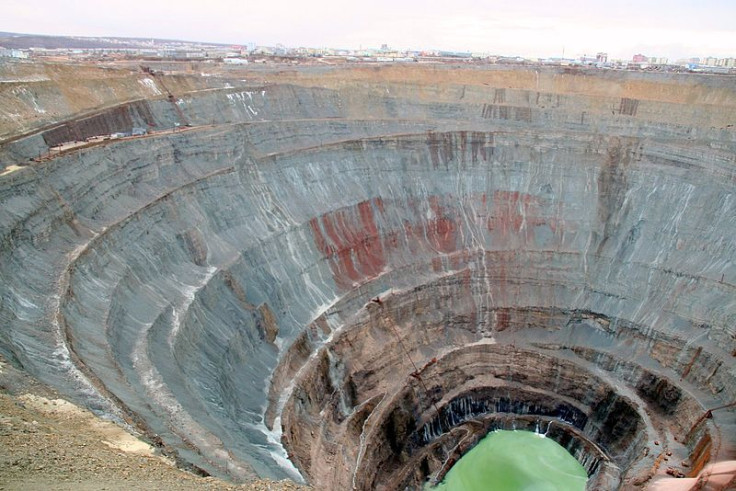
The Mirny mine, also known as the Mir mine, is a former open pit diamond mine in Mirny, eastern Siberia. Yuri Khabardin, Ekaterina Elagina and Viktor Avdeenko found traces of kimerlite, a volcanic rock associated with diamonds, in June 1955. The excavation was abandoned when it became to difficult to dig.
The mine is 525m deep and 1,200ft wide and the airspace above the pit is closed, due to alleged incidents where helicopters fell into the excavated hole because of air temperature differences and unusual air currents.
Chateau Miranda, Belgium
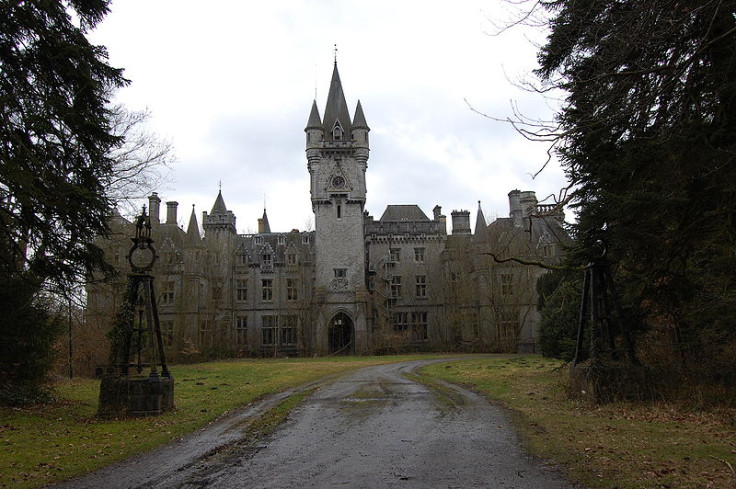
Miranda Castle, also known as Noisy Castle, is a 19th century building which lies abandoned in Celles in the province of Namur. It was built in 1866 by Edward Milner, an English architect, for the Liedekerke-Beaufort family. Boasting towers and 500 ornate windows, it is famed for imposing Neo-Gothic details.
An urban explorer's dream, the ancestors of the family that own it fled the building during the French Revolution to hide in a farmhouse. The descendants lived there until the Second World War, when it was taken over by the National Railway Company of Belgium as an orphanage. It remained as a facility until 1980 and has been empty since 1991.
Valley of the Mills, Italy
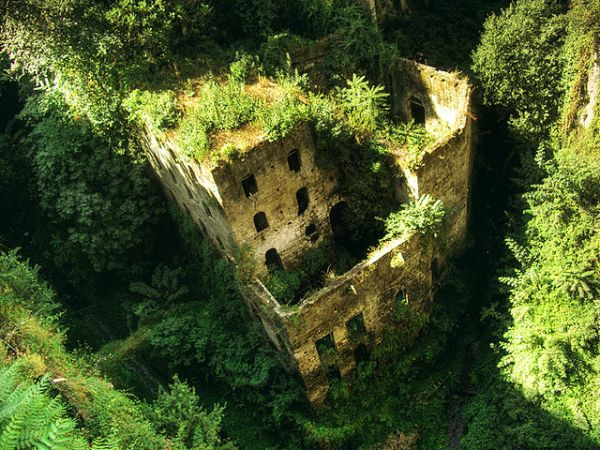
In Sorrento, southern Italy, a valley is scatterered with incredible abandoned mills. A flour mill lies under various layers of green foliage, which was abandoned in the 19th century and has lay derelict since.
The humid environment triggered a micro-climate to form, which helped the growth of Phillitus Vulgaris, a rare fern. The fern has spread across the abandoned buildings, which are now covered in a tapestry of greenery. Tourists can view the ruins from Via Fuorimuna.
Kolmanskop, Namibia
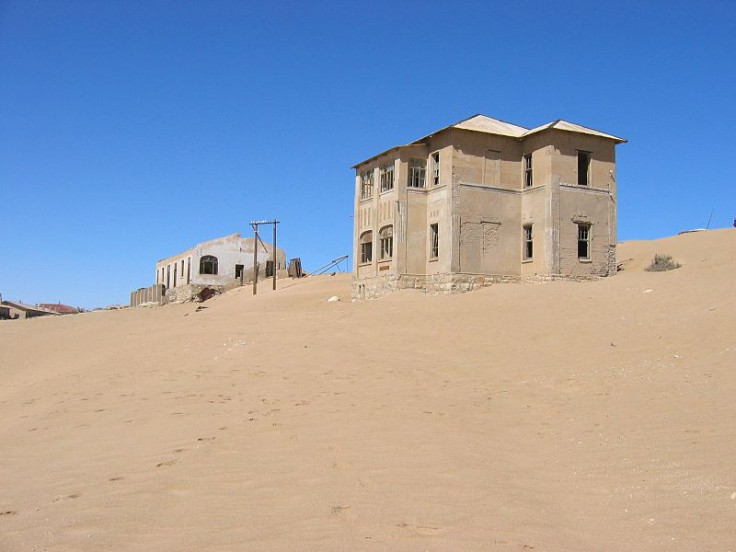
Kolmanskop is a ghost town in the Namib desert in southern Namibia. German miners settled in the area to exploit the land, after Zacharias Lawala discovered a diamond while working in the area in 1908. The wealth of the diamond miners allowed the residents to build a town with German characteristics.
It included a hospital, ballroom, a power station and a school, as well as an ice factory. Interestingly, Kolmanskop contained the first X-ray station in the southern hemisphere. The town began to decline after World War I, when the diamond supply began to run out. It was fully abandoned in 1954 and the buildings are gradually being swallowed by the sand dunes.
El Hotel del Salto, Colombia
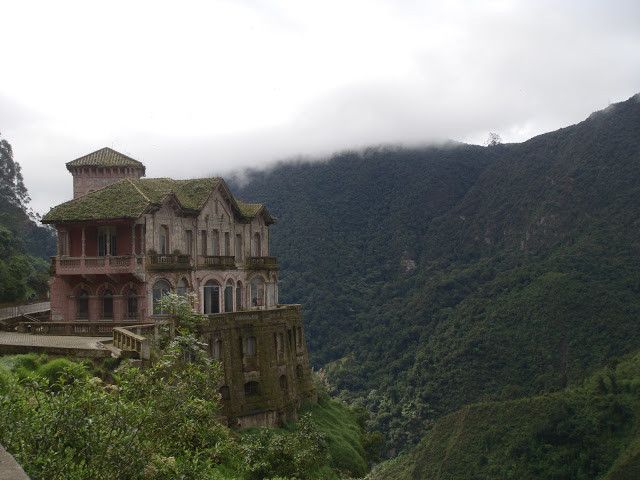
Renovations have been recently carried out on this precariously-positioned hotel in San Antonio del Tequendama, Colombia. The building was first constructed as a mansion in 1923, by the architect Carlos Arturo Tapias. The Mansion of Tequendama Falls, as it was called, was based on French architecture and overlooks the Bogata River.
In 1950, the hotel was due to be renovated into an 18 story hotel, by Babriel Largacha, a designer, and Domenico Parma, a constructor. The work never began and the building was left derelict until recently. The National University of Colombia and the Ecological Farm Foundation of Porvenir were in charge of turning the hotel into a museum.
© Copyright IBTimes 2025. All rights reserved.






















